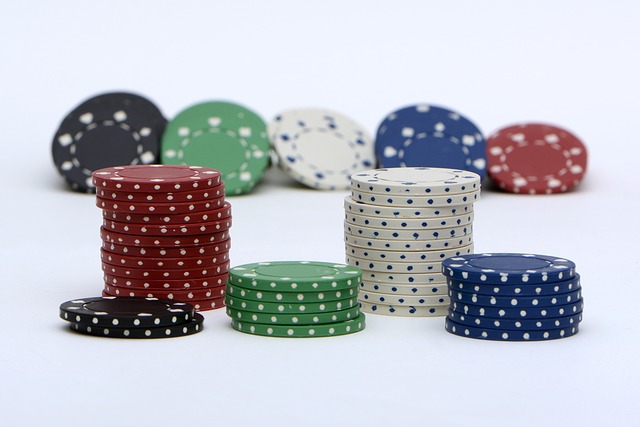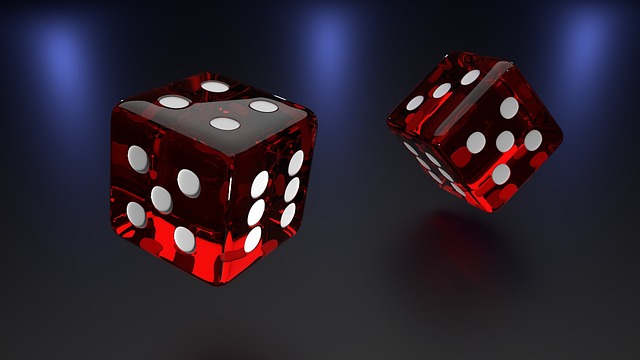Gambling is not just a modern phenomenon, but an ancient tradition that is deeply rooted in history. Long before there were casinos and apps, people were already fighting for money and goods.
From ancient Rome to India, it has taken many forms and been an integral part of many civilizations.
Roman Empire: Dice and Chariot Racing
This was a popular pastime in ancient Rome. Dice games were particularly well known. The Romans used simple dice made of bone or ivory.
These were actually illegal except during the Saturnalia festival, a time of celebration and merriment.
Chariot racing in the Circus Maximus was also a form of betting. The spectators bet on their favorite driver and hoped for a bitter victory.
These races served not only for entertainment but also as a significant social event.
Greece

In Greece, betting was part of religious festivals such as the Olympic Games. Not only were they sporting competitions, but they were also opportunities for people to bet on the results.
They believed that the gods could influence the outcome. Therefore, it was often associated with superstitions and rituals. A way to honor the gods combined with fun.
Ancient China
Everything started very early in China. The assumption is that some of the first card and lottery games originated here. A popular version was Keno, which worked similar to a lottery game. The Chinese used this to generate government revenue. This was a concept that has persisted in many countries to this day.
Egypt
The ancient Egyptians had different types of boards and dice. A famous version was Senet, a pastime with a religious context. Depictions of them in tombs and temples indicate how important they were in Egyptian culture.
Mesopotamia
Many forms already existed in Mesopotamia, one of the world’s oldest civilizations. Archaeological finds indicate that one of the first dice games was created here.
They were often made of bone and had a different shape than the ones we have today. Her appearance was of a simpler nature. Where the result of the dice roll decides whether you win or lose.
India

In ancient Indian writings, such as the Mahabharata, we find the model for today’s chess game. It wasn’t just used to pass the time, it was part of the training of princes and nobles.
They learned strategy and tactics through these methods. Dice rolling was also popular, and the stakes were often high, sometimes leading to dramatic twists in stories and legends.
Central America
In Central American civilizations, such as the Maya and Aztecs, a ball game called “Pok-a-Tok” or “Tlachtli” was popular. For these a religious and ceremonial meaning.
Viewers often bet on the outcome. Sometimes they were even used to decide the fate of prisoners of war. The result was interpreted as a prophecy for the future.
A long story
It was a means of social interaction, a religious ritual, and a method of financing public projects.
Passion connects us to our ancestors and shows that the need for fun and excitement is a universal experience.
